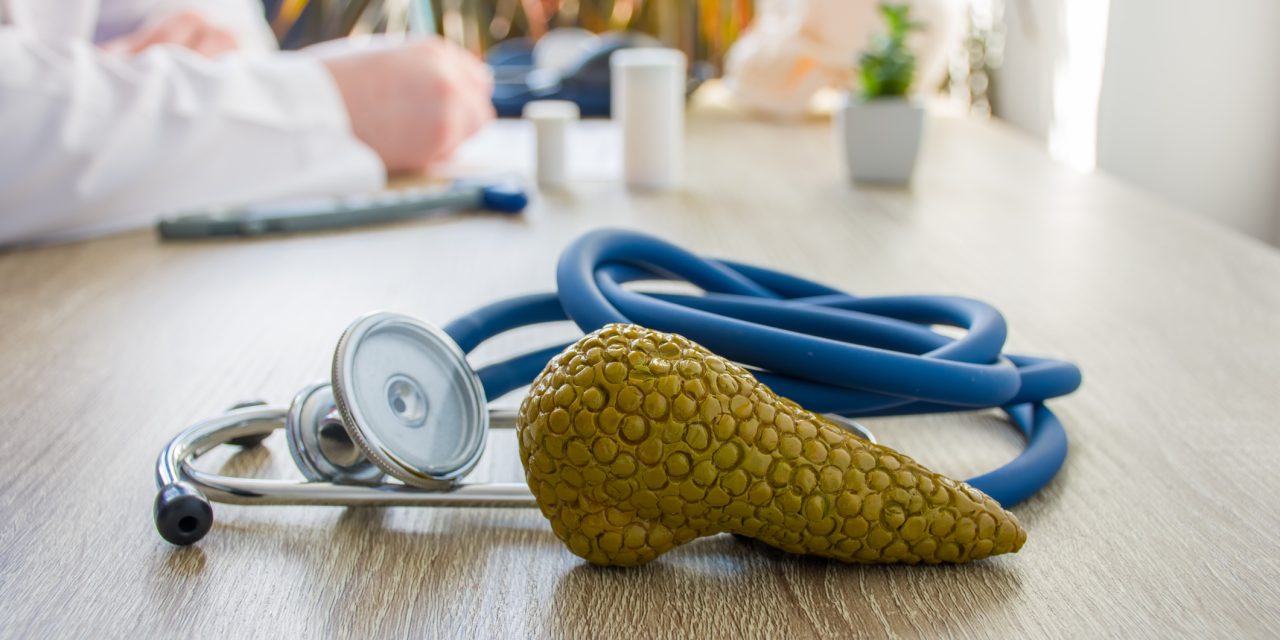Radioactive iodine (RAI) is widely used in the treatment of hyperthyroidism. Adjunctive antithyroid drugs (ATDs) are commonly prescribed to treat the hyperthyroid state before the RAI has taken effect. However, there is no consensus on the use of or timing of adjunctive ATD treatment with RAI.
To determine the influence of the ATD carbimazole on the cure rate of RAI treatment for Graves’ disease.
A retrospective chart review was conducted in the Department of Nuclear Medicine of the Steve Biko Academic Hospital in Pretoria. The cure rate of patients treated with RAI for Graves’ disease was analysed. The effect of adjunctive carbimazole treatment with regard to its use and timing with RAI dosing was analysed. The cure rate was determined in patients treated with carbimazole either before RAI or before and after RAI administration. Cure rate was defined by the biochemical thyroid function status (thyroxine (T4), thyroid-stimulating hormone (TSH)) as euthyroid or hypothyroid from 3 months and sustained at 12 months. The need for a second dose of RAI was recorded.
RAI treatment was administered to 171 patients with Graves’ disease. The cure rate was higher in patients receiving a higher dose of RAI. The overall cure rate increased progressively from 3 months and was 91% at 12 months. The cure rate in 97 patients not receiving carbimazole was 98%. The cure rate of the 27 patients on carbimazole treatment given before RAI administration was 81%, and 73% in the 37 patients in whom it was resumed after RAI administration. The overall cure rate was lower in patients who received carbimazole (p<0.001), but especially in patients in whom carbimazole was continued after RAI administration (p<0.001).
Adjunctive carbimazole treatment decreased the RAI cure rate of Graves’ disease significantly.
The adjunctive use of carbimazole during radioactive iodine treatment reduces the cure rate of Graves’ disease.


